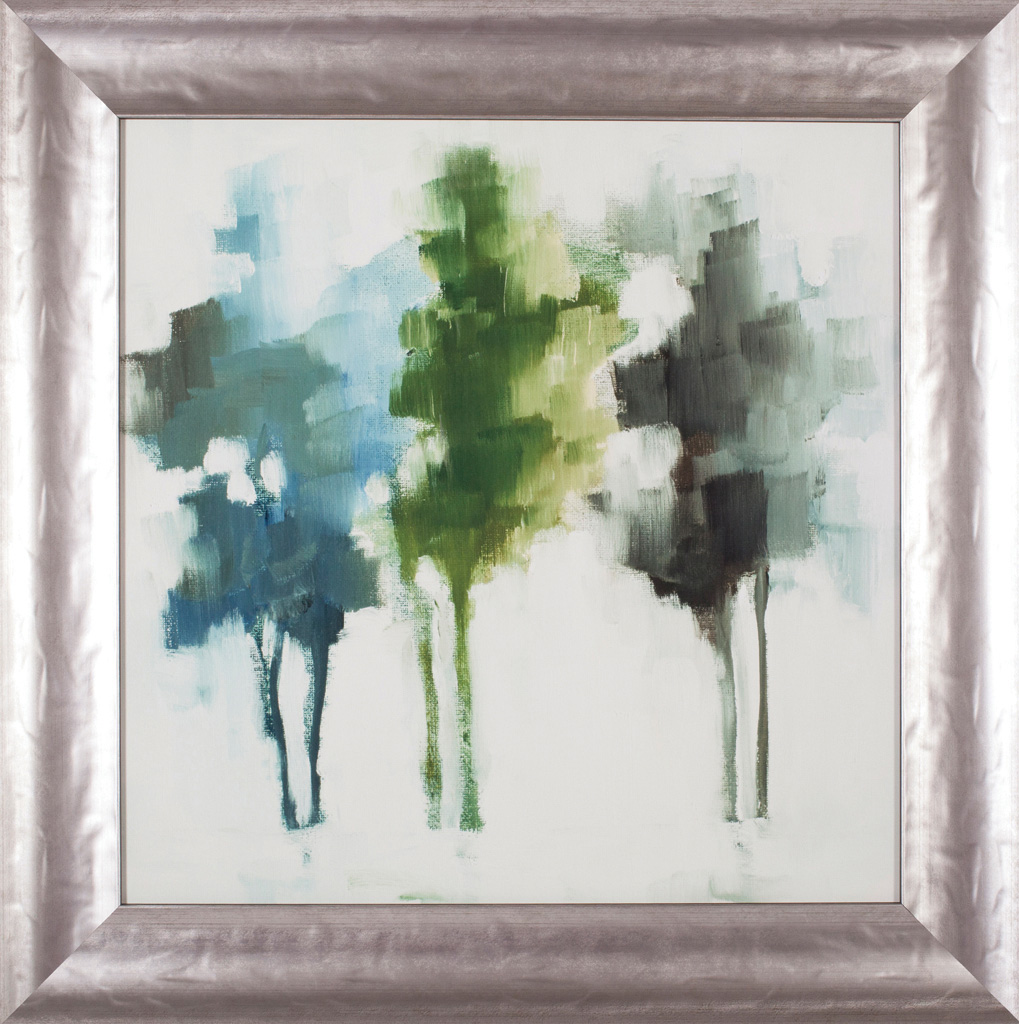
We've now built in the ability to simply start drawing your closed polyline. In previous versions, drawing your hatch boundary on the fly would require you to first type D for Draw. To select an existing polyline as your hatch area boundary, use the pickbox to select a closed polyline area to hatch. If you type either E for " Exclude Shrubs" or M for " Multiple," the cursor will change to a pickbox that will allow you to make a polyline selection. To use the Multiple command, edit the groundcover and select a new hatch – anything besides Stipple. Note that you will not be able to use the Multiple option if you have a Stipple hatch selected for your groundcover. Type M for Multiple: This option allows you to select one or more closed polyline areas within your hatch boundary and exclude them from the hatch.

For more information, see our Exclude Shrubs documentation section and watch our Exclude Shrubs Power Tip. Type E for Exclude Shrubs: The Exclude Shrubs tool automatically eliminates hatch patterns around shrub symbols within a hatched area for more concise drawings and accurate plant counts. Your hatch will be applied to the area once you close it. You can now place your Shrub Area or groundcover in an existing closed polyline area or: The cursor will turn into a pickbox, and the Command line will prompt you to Select polyline or interior point to hatch. You can also simply double-click the name of the Shrub Area or groundcover to place it. Select the plant you want to place, then click Place. In the Plant Manager, select the Shrub Areas or Ground Covers category. To view a list of plants you've added to your project, open the Plant Manager: Find out more about this exciting feature by visiting our Plant Shotgun page.
#PAINT FX TREES SERIES#
Accessed as a series of keyboard commands available upon placing a plant, these handy tools make it easy to place multiple plants at a time, toggle between plant patterns, cycle up and down your plant palette on the fly, space and rotate your plants, and set custom crosshair angles. Once you've added plants into your plant palette for your project, you can then place them into a design.ĭon't forget to check out our Plant Shotgun feature.

#PAINT FX TREES HOW TO#
Matt Paquin shows how to use Maya’s Paint Effects to create an “ice cracking” effect, walking though the steps as he builds it from scratch.ĭoesn’t go into the rendering, just using Maya Paint FX to get the forms Matt PaquinĪutodesk Maya’s Paint Effects lends itself really well to this effect, easily created by manipulating the branches and other settings in the paint effects brush. As I came across and watched this Maya Paint Effects tutorial, I definitely had one of those “well why didn’t I think of that” moments.


 0 kommentar(er)
0 kommentar(er)
